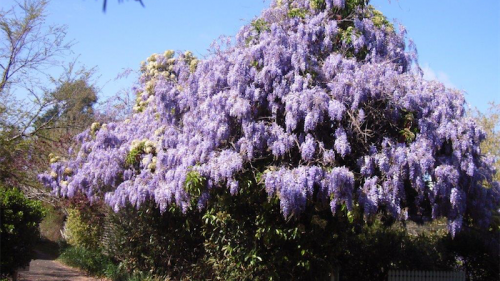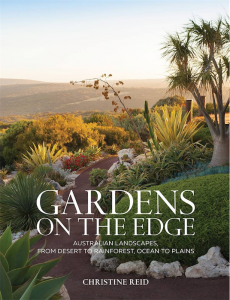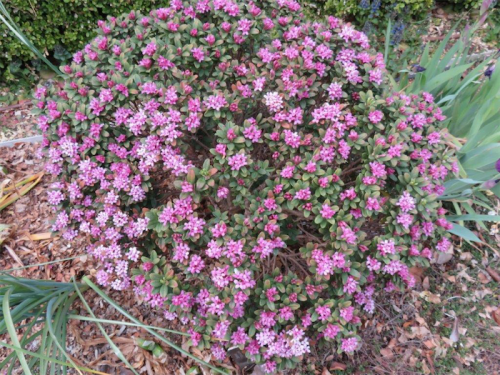
WISTERIA is in all its glory in some places and, in others, coming to the end of its flowering period with its almost-overwhelming fragrance.

There are two main varieties of wisteria, W. sinensis (native to China) and W. floribunda (Japan).
According to Dr. Peter Valder, in “Garden Plants of China”, Japanese wisteria is rarely grown in China and vice versa. W. sinensis was first sent to England from Guangzhou in 1816. Wisteria had been cultivated in China for at least 1500 years. The genus was not given its western botanical name until 1818 by Thomas Nuttall honouring Caspar Wistar (1761-1818), a famed American physician.
Wisteria is a rampant, twining climber and can quickly reach to the top branches of the largest tree (as illustrated here). However, it can be kept under control, although it’s not a plant for small gardens.
If you intend to grow it over a pergola this needs to be very strong. Preferably constructed of galvanised metal piping or substantial-size, treated, pine logs bolted together, not nailed.
It flowers more profusely if pruned in the traditional way of twice a year. Summer pruning after flowering usually takes place in January, cutting back the whippy side shoots to within 30cm of the older wood.
Reducing the growth allows the sun to penetrate and ripen the wood on which next year’s flowers will form. In mid-winter, June/July, the stems can be cut back to within two to three buds of the old wood. This is not a job for the faint hearted, the reward is an amazing floral display the following season.
WHEN “Gardens on the Edge” (Murdoch Books, $59.99) landed on my desk for review my immediate thought was: “Not another coffee table book”. Then, as I started to thumb through the pages, I realised it was anything but and read it from cover to cover.

The book describes stories of the early Australian settlers of the 19th and early 20th century with their wealth riding on the sheep’s back. During drought and recession, many settlers lost everything.
Substantial stone and timber homesteads were abandoned as many settlers walked off the land. Only now is the heritage value of many of these properties starting to be realised and there is a vision to restore the homes and gardens to their former glory.
Eighteen quintessentially Australian town and country properties are described by author Christine Reid in detail. The excellent photos are by Simon Griffiths.
Jottings…
- Afraid to prune daphnes? Don’t be; now they’ve finished flowering a light trim will work wonders for more flowers next year. Illustrated is Daphne collina.

Daphne… a light trim will work wonders for more flowers next year. - To encourage more flowers from chrysanthemums, reduce the height by 50 per cent any time now. Follow this up with another 50 per cent chop in about mid to the end of January. This gives a compact plant with more flowers and is equally applicable for michaelmas daisies and dahlias.
Who can be trusted?
In a world of spin and confusion, there’s never been a more important time to support independent journalism in Canberra.
If you trust our work online and want to enforce the power of independent voices, I invite you to make a small contribution.
Every dollar of support is invested back into our journalism to help keep citynews.com.au strong and free.
Thank you,
Ian Meikle, editor




Leave a Reply